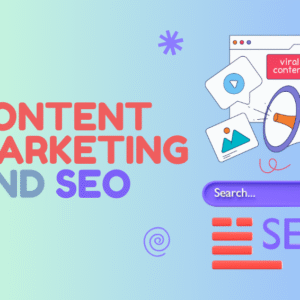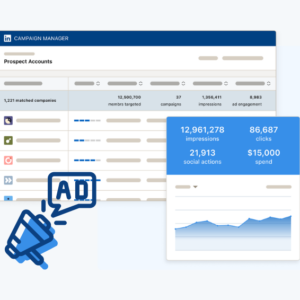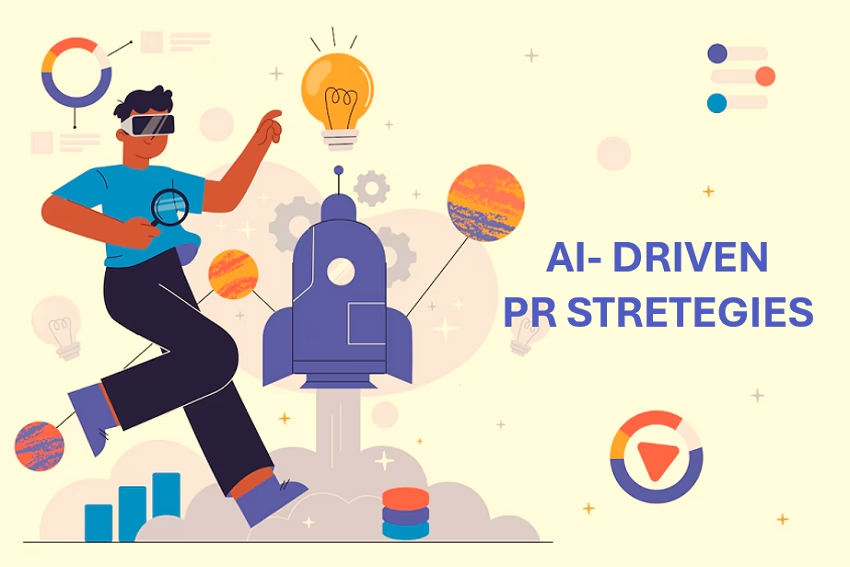All customers go through a specific journey before they pay for a product or a service. Although the time needed for them to go through the journey can differ, depending on the things they are buying and, on their characters, as well, the stages are always the same.
First, they become aware of the existence of a certain product or service, then they start showing interest in it, after which they make their decision and take action, i.e., make a purchase. This may seem like a pretty straightforward process, and it actually is from the customer’s point of view.
From the point of view of businesses, though, the process is all but simple, because they have to nudge those customers into the right direction and smooth their transition through the mentioned stages.
Otherwise, they will lose them. A sales funnel, as explained on this site, actually captures and describes the journey that those potential customers take and the stages that they go through, leading up to the purchase. It is a visual representation of this journey, used by marketers and businesses to build better strategies that can lead to a larger number of people reaching the bottom of the funnel, i.e., becoming paying customers.
By understanding the customer journey, and by being able to identify the stages that their potential customers are at, marketers make decisions on which channels and which activities can guide those customers toward a purchase.
In short, sales funnels help them optimize and tailor those activities to best suit the current situation and practically increase sales funnel conversions. Building a sales funnel is a crucial part of every strategy, regardless of the industry you are in, and the good news is that you can get help with that from professionals and tools that are making the building process much easier.
How to Optimize Your Sales Funnel Conversions
Although building this funnel is now easier thanks to those tools and professionals, you still cannot think of it as of a generic process that won’t require much of your attention. If you want it to lead to a good conversion percentage, you’ll have to optimize it accordingly and make it just perfect.
If you don’t know how to optimize it, you’ll be glad to hear that I’ve prepared some tips for you regarding that below. Increasing sales funnel conversions is a great goal, and it’s time to figure out how to do it.
Begin by defining your target audience
None of your marketing strategies will work if you do not have your ideal customer in mind. Sure, you can try to sell to pretty much anyone, but, that way, you will probably wind up putting a lot of effort into things while seeing very poor results.
The idea is for things to be the other way around. Okay, you’ll still need to put a lot of effort into things, but you’ll want to see great results in return. That’s why you should begin the sales funnel building process by clearly defining your target audience, and getting to know their purchasing habits, their desires and, of course, their pain-points.
Your content should solve problems
Why are those pain-points important, though? Well, the process of building a sales funnel will require you to put some thought into the content you’ll be offering to your audience.
Without content, you are highly unlikely to get any sales at all, but the trick here is in knowing which type of content to create and when. The rule of thumb to follow here is that the content you are creating should solve your potential customer’s problems.
That’s why identifying pain-points is a must, because it provides you with ideas for your problem solving content.
Use PPC to your advantage
PPC, or pay-per-click, campaigns allow you to pay other websites to show your advertisement, and the remarkable thing about them is that you’ll only pay if you get clicks.
Using PPC campaigns to drive traffic to your landing pages can definitely lead to an increase in conversion rates. You’ll capture people’s emails, among other things, which will also be of great help, especially in the nurturing stage that we’ll talk about a bit later. In any case, if used right, PPC can definitely improve your sales funnel conversions.
Landing pages and CTAs have to be optimized
I’ve mentioned sending people to landing pages, which are essentially pages on which your potential customers learn about your brand and your products. Whether they get there after clicking on an ad, or through a blog post, a webinar or practically any other source you’re using, the landing page will have to be optimized in order to lead to conversions. You should use your brand voice to communicate what you’re offering and how you can solve your visitors’ problems.
Furthermore, these pages, just like all pages on your site should have a clear and optimized call to action (CTA) that will motivate your customers to practically go to the next stage of the sales funnel. With a CTA, you will invite your customers to sign up for something, reach out to get more info, or you will offer exclusive content and discounts that will grab their attention. Optimizing a CTA, naturally, increases conversions as well.
Capturing and nurturing leads is of utmost importance
Compelling content and compelling CTAs will impress your potential customers and lure them into the interest stage of the funnel. The CTAs will serve to capture leads, and now you will have to nurture them as well. Email marketing is one of the great methods for nurturing those leads, as you can reach out to them directly, with specific, tailor-made offers. So, when building a sales funnel, don’t forget to use email marketing to nurture your prospects.
Be Active on social media
Your social media activity can also increase the effectiveness of your sales funnel and practically improve your conversion rate. Using social media platforms on a regular basis will lead to building stronger relationships with your target audience. Although this strategy works best at the top of the funnel, the truth is that you can use it at any stage.






